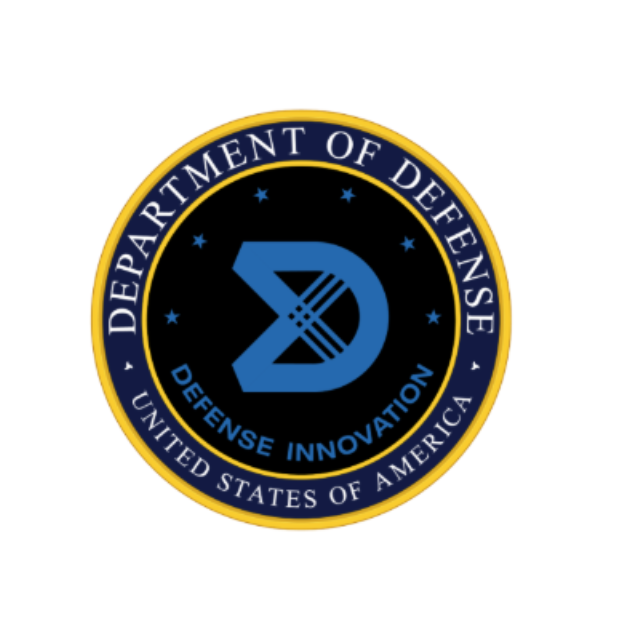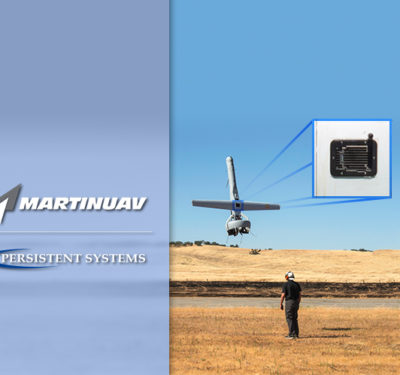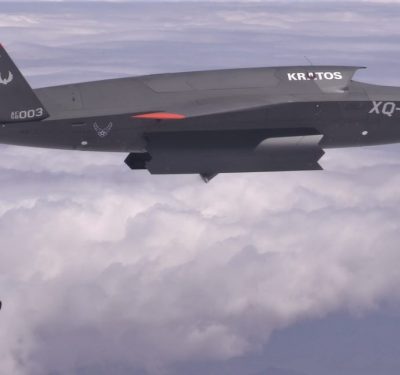As demand for secure and trusted small unmanned aerial systems (sUAS) surges across the U.S. military, the Defense Innovation Unit (DIU) is making changes to its Blue UAS program—a narrowly tailored vetting pipeline that is now being reimagined to unlock broader access, faster certification, and national-scale production.

Testifying on May 1 before the House Armed Services Committee’s Subcommittee on Tactical Air and Land Forces, DIU Director Doug Beck made the case that the current system—though foundational—must evolve to meet the moment.
“The Blue UAS framework we initially built served a narrow set of use cases and users,” Beck said. “It was a boutique process that was right for its time, but that time has passed. The needs of the services and the broader U.S. government have dramatically expanded.”
From Boutique to Backbone
Launched in 2020, Blue UAS was intended to vet a small cohort of commercial drone vendors whose products could meet stringent Department of Defense (DoD) standards for cybersecurity, supply chain integrity, and compliance with Section 848 of the National Defense Authorization Act (NDAA). However, the rapidly growing appetite for drones—from tactical reconnaissance to logistics—has exposed limitations in that model.
Beck noted that DIU’s original approach, though successful in ensuring security and policy alignment, had become a bottleneck.
“The number of drones being used today—across training ranges, operational deployments, and public safety agencies—requires a vetting and onboarding system that is fast, scalable, and transparent,” Beck told lawmakers. “And that’s what we are building.”
The new Blue UAS framework introduces a tiered compliance structure, allowing for differentiated approval pathways depending on the mission and risk level. That means not every drone will have to meet the same standards for every use case, though core security criteria will still apply.
According to DIU’s testimony, this approach is modeled after modern software and hardware accreditation pipelines that balance assurance with usability.
Streamlining Access for Innovators
Beyond restructuring compliance tiers, DIU is also simplifying how companies enter and progress through the Blue UAS system.
“We are removing unnecessary friction,” Beck emphasized. “This includes clearer requirements, streamlined technical reviews, and a more predictable timeline for onboarding.”
This matters deeply to commercial drone companies that want to sell to the federal government but have historically struggled with opaque or duplicative certification processes.
DIU’s vision is to make Blue UAS a repeatable, predictable mechanism—one that allows government buyers to source sUAS with confidence and allows innovators to build with purpose.
“We’re not lowering the bar—we’re giving more companies a clear, navigable path to meet it,” Beck said.
Blue Manufacturing Initiative: From Paper to Production
Certification is only part of the story. DIU also introduced the Blue Manufacturing Initiative, a companion effort aimed at ensuring that once a drone is approved, it can be built—quickly and at scale—inside the United States.
Beck described the effort as “connecting the dots between our most capable drone designers and our most advanced domestic manufacturing partners.”
“Too often, we’ve seen promising drone technologies struggle to move beyond prototypes,” he said. “This initiative is about creating the capacity to go from approval to production line in months, not years.”
DIU is working with the Department of Defense’s industrial policy team and the Office of the Under Secretary of Defense for Acquisition and Sustainment to stand up scalable manufacturing partnerships. The initiative is designed to improve resiliency and throughput while reducing dependence on foreign components or overseas assembly.
A Foundation for the Future
At its core, the Blue UAS overhaul reflects DIU’s broader mission: to bridge the gap between commercial innovation and defense capability. With warfighters increasingly reliant on drone technologies in contested and evolving environments, DIU believes agility and access are non-negotiable.
“This is not about short-term fixes—it’s about building the infrastructure to make the U.S. drone ecosystem resilient, trusted, and future-ready,” Beck told the committee.
The revised Blue UAS framework is expected to roll out in phases throughout 2025, with pilot programs already underway to test the new tiered model and manufacturing partnerships.
For Beck, this is about more than procurement reform. It’s about maintaining technological advantage through velocity.
“If we want our forces to maintain the edge, we must get the best technology into their hands as fast as possible—without sacrificing trust or security,” he concluded. “Blue UAS is how we do that at scale.”
Read the full statement: DIU Testimony to House Armed Services Committee – May 2025 (PDF)






